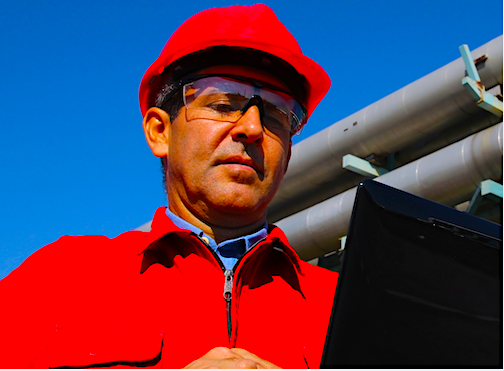As an asset-management consultant for the last 30+ plus years, I’ve never encountered the perfect asset-management system. Organizations can, and do, achieve perfection for a short while, but perfection is a moving target that’s often thwarted by change. This frequently includes change that’s not in the maintenance department’s control, including management turnover, staff retirement, production demands, etc.
Unfortunately, legacy-based maintenance systems and approaches built on “carryover” strategies, plans, schedules, and work-distribution models may have worked well in a previous generation, but tend to be inflexible and ill equipped to weather continual workplace change. Weathering change requires a robust system, built on a solid foundation of precision maintenance, combined with a flexible planning-and-scheduling approach designed to adapt to changing client/stakeholder demands and their corresponding impact on reliability, availability, and maintenance (RAM). So how do you improve? And where do you start?
I recently listened to a radio conversation on the collection and use of data. It included discussion on how the relatively new science of Machine Learning (ML), with its flexible coding environment, can intelligently use the data input to assess changing conditions and make real-time operational adjustments that better suit the machine’s changing environment. While moving from a legacy-based Artificial Intelligence (AI) platform into the ML platform, scientists and engineers quickly recognized that the previous AI approach wasn’t sustainable and couldn’t be carried over, as it wouldn’t meet the flexible demands of the infinitely more complex ML environment.
This new, ever-changing working environment has forced scientists and engineers to re-evaluate their own environments and make value decisions on what data to collect, how to collect it, and the rule sets for putting that data to best use. Similarly, today’s asset- management environment is also infinitely more complex than in the past, and it, too, is data based.
When starting work with a new clients, I like to ask what they would change if given a magic wand. Interestingly, the number-one answer isn’t management. It’s software. Probing further invariably reveals that their asset-management software was set up with legacy data, codes, job plans, and in-the-moment thinking, with little or no thought to future requirements.
The reality, in most cases, is that any outdated software program can be reinstalled with updated code management, work-order design, more-relevant work processes and reporting. And outdated programs often can be made to outperform new software setups that incorporate typical legacy “carryovers.” Of course, a new software platform is always preferable. But if that’s not feasible, reinstalling the original software with a more foundational, client-based setup is the next-best alternative.
Keep in mind that the world revolves on seven-year cycle, and it’s well understood that the human body goes through a major change every seven years. Companies experience seven-year sales cycles. Machinery is often designed for a seven-year service life. And maintenance software is supported on a seven-year cycle. So, it goes without saying, if your asset-management system hasn’t undergone a major overhaul in the past seven years, you have a legacy-based system that may be poorly equipped to adapt to your current and future demands.
Fortunately, each edition of this enewsletter and updates to its accompnaying website, theramreview.com, is chock full of material that can be used to map out and begin implementation of a new and improved legacy. Keep reading!TRR
ABOUT THE AUTHOR
Ken Bannister has 40+ years of experience in the RAM industry. For the past 30, he’s been a Managing Partner and Principal Asset Management Consultant with Engtech industries Inc., where he has specialized in helping clients implement best-practice asset-management programs worldwide. A founding member and past director of the Plant Engineering and Maintenance Association of Canada, he is the author of several books, including three on lubrication, one on predictive maintenance, and one on energy reduction strategies, and is currently writing one on planning and scheduling. Contact him directly at 519-469-9173 or kbannister@theramreview.com.
Tags: reliability, availability, maintenance, RAM, maintenance management, information management, precision maintenance, planning and scheduling, asset-management systems, CMMS, EAM



